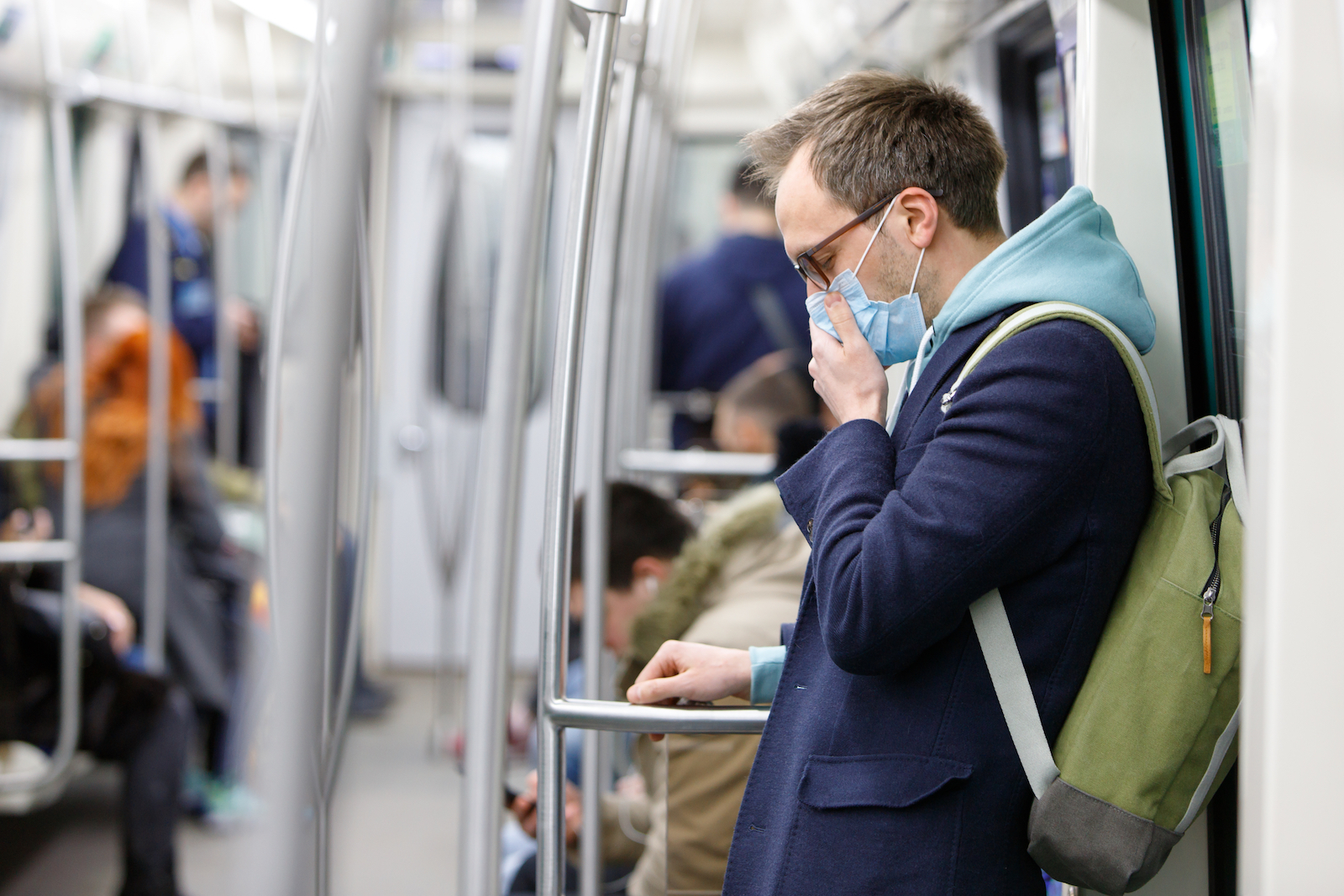From February 19 – March 2, 2020 the CDC collected samples from potentially contaminated objects in the ICU and GW in hospital wards in Wuhan, China.
The study, entitled “Aerosol and Surface Distribution of Severe Acute Respiratory Syndrome Coronavirus 2 in Hospital Wards, Wuhan, China, 2020”, was conducted in two wards at Wuhan’s Huoshenshan Hospital by large team of Chinese researchers back in February and March. Though the team insisted that “respiratory droplets and close contact” remain the primary vectors for the disease, the possibility for hospital workers to transmit the virus on their shoes and clothes wasn’t really well understood, until now.
To determine distribution of severe acute respiratory syndrome coronavirus 2 in hospital wards in Wuhan, China, the CDC tested air and surface samples. Contamination was greater in intensive care units than general wards. Virus was widely distributed on floors, computer mice, trash cans, and sickbed handrails and was detected in air ≈4 m from patients.
“94% of swabs taken from the ICU floor and 100% of swabs taken from one of the general wards used to treat patients with severe symptoms tested positive for coronavirus.”
CONCLUSIONS
This study led to 3 conclusions. First, SARS-CoV-2 was widely distributed in the air and on object surfaces in both the ICU and GW, implying a potentially high infection risk for medical staff and other close contacts. Second, the environmental contamination was greater in the ICU than in the GW; thus, stricter protective measures should be taken by medical staff working in the ICU. Third, the SARS-CoV-2 aerosol distribution characteristics in the GW indicate that the transmission distance of SARS-CoV-2 might be 4 m.
Read the article here – https://wwwnc.cdc.gov/eid/article/26/7/20-0885_article


